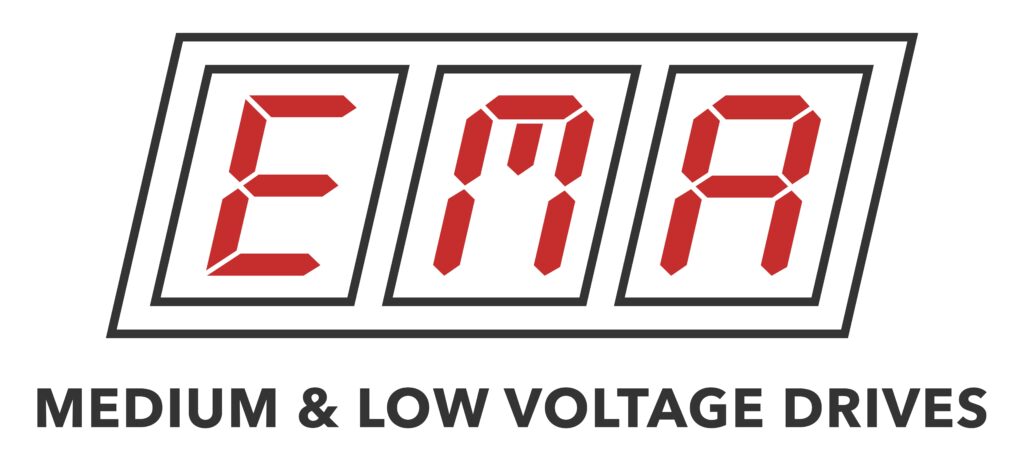
Medium Voltage Drives are critical to Oil and Gas Production and Transportation. However, the lack of insight into drive health costs the industry billions of dollars in failure recovery and production downtime.
Existing “built-in” drive monitoring record insufficient information that is often belated. Therefore, maintenance standards are limited to periodic preventative measures and accepting the high cost of emergency repairs.
In contrast, DriveScan maximizes productivity using the most advanced drive monitoring available.
Remote, real-time insight into all the drives in your fleet.
Regardless of the drives make and model, DriveScan’s secure, cloud-based software gives an overview of the status of your fleet, with intuitive dashboards that can pinpoint and display detailed trend and event data.

Continuous high-speed data capture.
Sensors will monitor drive input; DC bus status; drive output; internal power supplies; and environmental conditions such as ambient temperature, humidity, and shock.

Powerside and EMA, in partnership with AI development, will provide technical and troubleshooting support.
As more data is collected, predictive analytics will continue to improve, reducing maintenance costs and staying ahead of drive failures.

DriveScan Value
Due to the high hourly rate of production and transportation, DriveScan’s primary advantage in the Oil and Gas industry is the reduction in critical drive/motor downtime, but other benefits include:
- Optimization of service manpower, reduced emergency service costs, and expedited replacement parts.
- Improved planning with targeted drive maintenance, optimized shutdown planning, and drive reliability prediction.
Real-World examples of DriveScan applications in the Oil and Gas industry.
Over-temperature detection at a remote Pipeline Booster Pump location.

DriveScan detected an elevated temperature trend in the low-voltage chamber of the drive and sent an alarm message to the monitoring technicians.
Typically, when a drive reaches a critical temperature, it will automatically go into fault, halting any associated motor function. Because DriveScan’s remote monitoring preemptively alarmed the customer, they could do a controlled shutdown of the drive to let it cool before it faulted. At the same time, they resolved the HVAC issue to get the ambient temperature within acceptable limits.
Benefit: Compared to previous scenarios, DriveScan reduced the drive downtime by 5 hours (80%), saving the customer hundreds of thousands of dollars.
DriveScan trending identifies pending power module failure before the drive fails.

The customer and EMA received an email notification of voltage and current imbalance on the drive’s output. DriveScan’s waveform graphs also showed high-frequency impulses during sync-bypass transfer.
EMA suggested that voltage and current imbalance can cause problems during sync-bypass, leading to high-frequency impulses during transfer. Data analysis from DriveScan pointed to a power module in the drive not operating correctly.
During an upcoming planned shutdown for drive maintenance, testing identified a faulty GSD board in one of the power modules. This board was replaced, and no further imbalance or HF impulse issues were seen.
Benefit: DriveScan prevented an inevitable process failure due to drive fault and shutdown. This critical application reduced customer downtime by five days and saved them millions of dollars.
Ask us for a demo and find out how much you will save with DriveScan and how fast the return on investment will be.
Need to find a medium voltage drive services partner? EMA VFD experts are here to help you with that.
